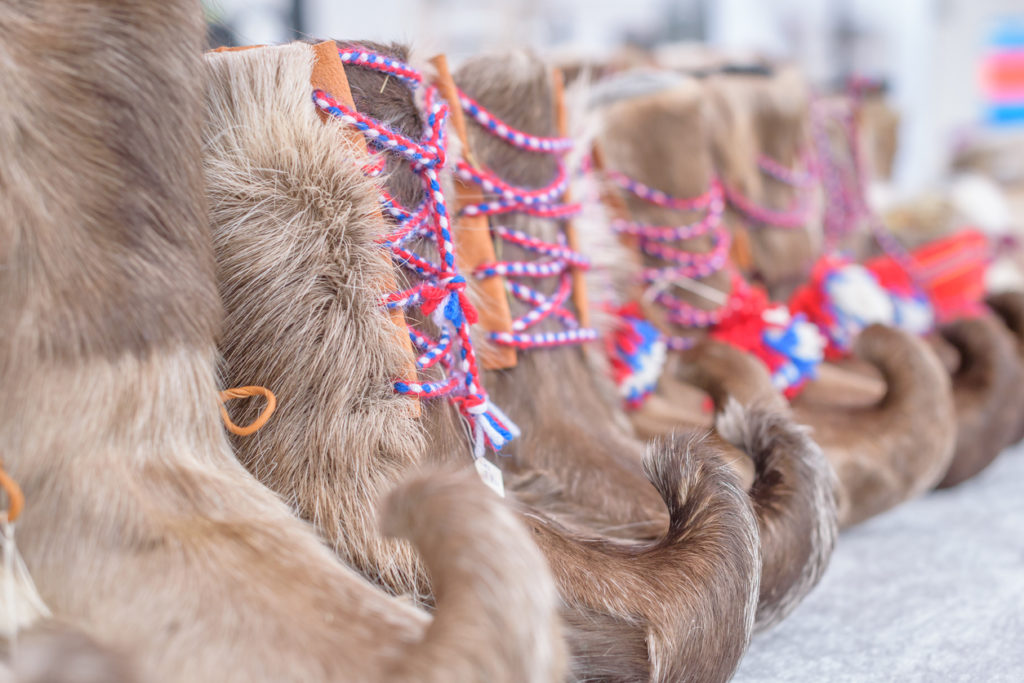What are the key elements of sami cuisine?
Introduction to Sami Cuisine
Deep in the heart of Northern Europe, the Sami people, Europe’s only recognised indigenous group, have cultivated a unique culinary tradition that reflects their deep connection with nature. Sami cuisine, a vital part of their cultural heritage, is a testament to their resourcefulness and respect for the environment. This article delves into the key elements of Sami cuisine, offering an insightful look into the ingredients, dishes, and preparation methods that define this indigenous culinary tradition.
At VALO Finland, we aim to provide our guests with an immersive experience of Lapland, including its rich culinary heritage. Understanding Sami cuisine is an essential part of appreciating the broader cultural landscape of this enchanting region. Join us as we explore the staples, traditional dishes, and unique preparation methods that make Sami cuisine a fascinating subject for any food enthusiast or cultural explorer.
Staple Ingredients in Sami Cooking
Sami cuisine is deeply rooted in the natural resources available in the Arctic and sub-Arctic regions. The harsh climate and remote landscapes have shaped a diet that relies heavily on what the land and waters provide. Here are some of the staple ingredients that are central to Sami cooking:
- Reindeer: Reindeer herding is a cornerstone of Sami culture, and reindeer meat is a primary source of protein. It is used in various forms, from dried and smoked to fresh cuts, and is often prepared in stews or roasted.
- Fish: The numerous lakes and rivers in Sami territories provide an abundance of fish, such as salmon, trout, and whitefish. Fish is often smoked, dried, or cooked fresh.
- Berries: The Sami gather a variety of wild berries, including cloudberries, lingonberries, and blueberries. These berries are used in desserts, preserves, and as accompaniments to savoury dishes.
- Game: Hunting provides additional sources of meat, such as elk and grouse, which are incorporated into traditional dishes.
- Herbs and Plants: The Sami utilise local herbs and plants, such as angelica and nettles, to flavour their dishes and for medicinal purposes.
Traditional Sami Dishes
Sami cuisine features a variety of traditional dishes that highlight the natural flavours of their staple ingredients. These dishes are often simple yet hearty, designed to provide sustenance in the cold climate. Some of the most notable traditional Sami dishes include:
- Bidos: A traditional reindeer meat stew, often served during celebrations. It is made with reindeer meat, potatoes, and carrots, simmered slowly to create a rich and comforting dish.
- Suovas: Smoked reindeer meat, typically served thinly sliced and often accompanied by flatbread or potatoes. The smoking process imparts a distinctive flavour that is highly prized.
- Kalakukko: A fish pie made with rye dough, filled with fish and sometimes pork, then baked slowly to create a dense, flavourful loaf.
- Leipäjuusto: Also known as “Finnish squeaky cheese,” this fresh cheese is often served warm with cloudberry jam, providing a delightful contrast of textures and flavours.
Sami Food Preparation Methods
The preparation methods in Sami cuisine are as much a part of the tradition as the ingredients themselves. These methods have been passed down through generations, preserving the unique flavours and techniques of Sami cooking. Key preparation methods include:
- Smoking: Smoking is a common method for preserving meat and fish. The process not only extends the shelf life of these foods but also imparts a rich, smoky flavour that is characteristic of Sami cuisine.
- Drying: Drying is another preservation technique used for meat and fish. Dried reindeer meat, known as “kuivaliha,” is a popular snack and a convenient source of nutrition for long journeys.
- Fermentation: Fermentation is used for certain fish dishes, creating unique flavours and textures. This method also helps in preserving the fish for extended periods.
- Open Fire Cooking: Many traditional Sami dishes are prepared over an open fire, a method that enhances the natural flavours of the ingredients and adds a rustic touch to the cuisine.
Conclusion
Sami cuisine is a rich tapestry of flavours and traditions, deeply intertwined with the natural environment of Lapland. From the staple ingredients sourced from the land and waters to the traditional dishes and unique preparation methods, Sami food offers a fascinating glimpse into the culture and lifestyle of this indigenous people.
At VALO Finland, we are dedicated to providing our guests with an authentic and immersive experience of Lapland. By exploring Sami cuisine, you not only enjoy delicious and unique dishes but also gain a deeper understanding of the cultural heritage that makes this region so special. Whether you are staying in our luxurious villas or participating in guided tours, we invite you to discover the magic of Sami cuisine and the broader cultural landscape of Lapland.
